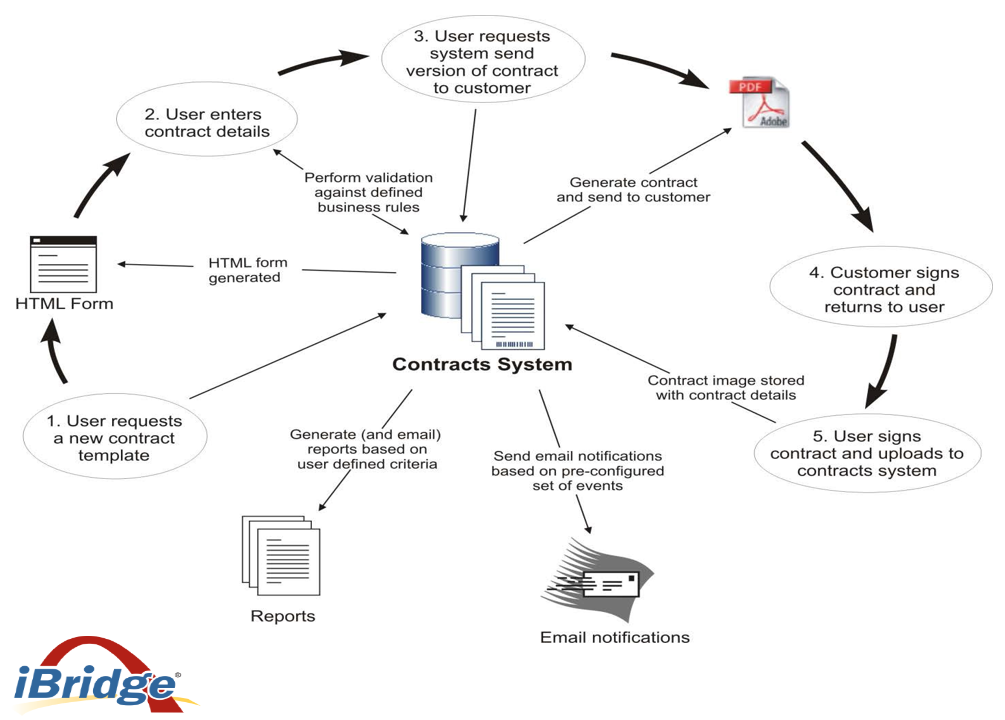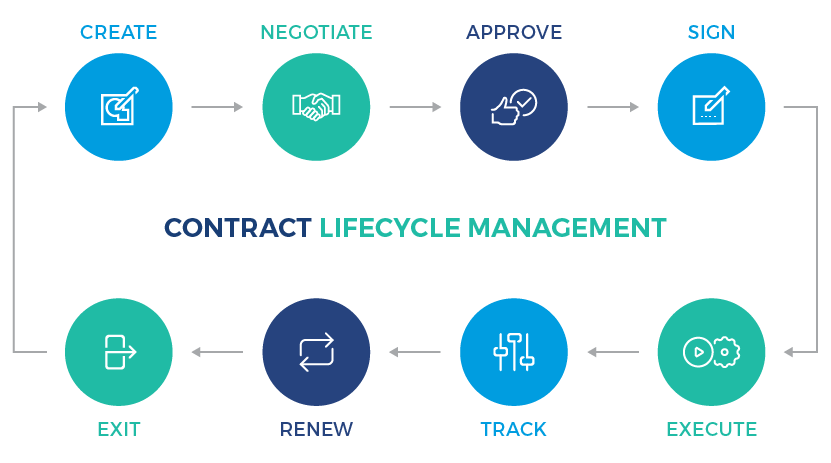The term Best Practices refers to corporate procedures that improve the efficiency of day-to-day operations. However, every business is different and requires more than just a one-size-fits-all solution. Therefore, customized systems are necessary for enhancing the specific processes that govern each business. Sophisticated contract management solutions work alongside legacy programs to create best practices that address the unique needs of each company.
What Are Contract Management Best Practices?
Contract management is a framework of processes that addresses the creation, storage, and reporting of legal agreements. These processes rely on the efficiency of the entire network. Best practices involved paper logs and physical filing cabinets. However, these methods can expose contracts to avoidable errors and impede productivity.
After a contract is created, it must be filed in a robust storage system that allows users to access documents quickly. Without an efficient storage system, new contracts can be lost or damaged. Similarly, without a consistent process for creating new contracts, categorizations can become messy, and finding documents can be time-consuming. One must develop best practices throughout the entire lifecycle of a contract to garner optimal results.
What is Contract Management Lifecycle?
The lifecycle of a contract encompasses every stage of its journey, from creation and negotiations to storage and reporting. A streamlined system allows businesses to complete each step using the most efficient solutions. There are five main stages in a contract’s lifecycle, each relying on the integrity of the other four:
- Creation – The user designs or generates a new contract and enters specific data into the contract to reflect the terms of the agreements.
- Negotiations – The user edits, updates, and changes details between parties as the terms are negotiated.
- Signatures – The user sends the contract to all relevant parties, and the agreement is signed.
- Storage – The user stores the signed contract in a database.
- Reporting – Users can draw reports from stored data and use them to project trends.
There are many ways a user can perform these tasks. However, the ‘best practices’ approach must simplify the processes while maintaining flexibility and accuracy. Automated systems allow users to navigate these stages with ease and utilize the data more efficiently. For example, when using a centralized online database, alerts can be set to remind users of approaching renewals.

How Can Automated Contract Management Systems Promote Best Practices?
Automated contract management systems allow sales and procurement teams to draft, save, and edit contracts via a centralized database. Users can create contracts online, track changes, monitor revisions, and generate reports through one centralized system. Legal documents can be sent to clients, customers, and suppliers via email or fax, resulting in faster turnarounds. Through using an automated system, these day-to-day practices become more consistent and efficient, allowing businesses to divert more time and resources to generating robust revenue streams.
Integration
Integrating contract management solutions with legacy programs can help boost existing best practices and develop new ones. Users are no longer required to communicate requests across multiple platforms when using an integrated system. In doing so, the once slow, archaic ‘best practices’ of the past transform into one cohesive contract management system.





